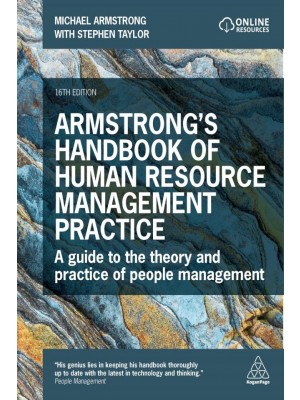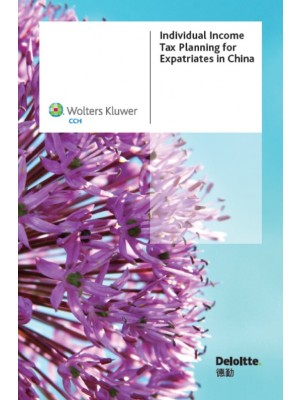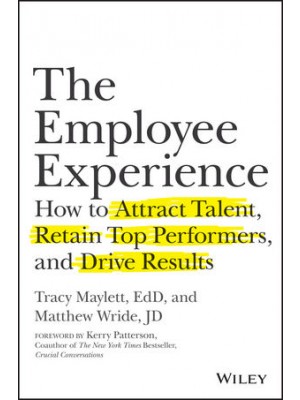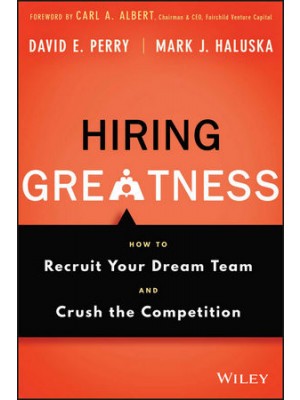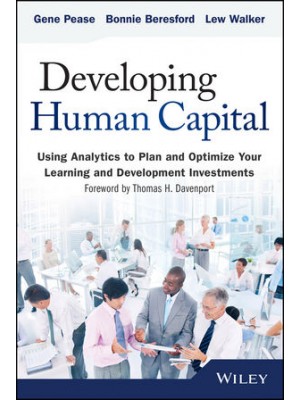-
详细
Understand the neuroscience behind coaching tools and theories clearly so you can apply the principles confidently.
Many coaching tools and techniques are now fairly well established, but how do they actually work? Answer this questions and start delivering greater value to clients.
Based on over twelve years of research, this book provides a clear explanation of the aspects of neuroscience that are relevant to coaching so you can describe to clients from a neuroscientific perspective why particular techniques and methods work and the benefits to them.
This fully updated 2nd edition of Neuroscience for Coaches includes new interviews with Marshall Goldsmith, Susan Grandfield, Christian van Nieuwerburgh and Kim Morgan, along with new material on oxytocin, goals and mindfulness.
It covers the latest neuroscientific research and, crucially, the ways in which coaches can use this information effectively and practically in their everyday work. Neuroscience for Coaches is a vital resource for keeping up to date with recent scientific developments, tools and techniques in coaching.
-
- Section - ONE: Brain Areas;
-
- Chapter - 01: Prefrontal Cortex;
- Chapter - 02: Basal Ganglia;
- Chapter - 03: Striatum and Nucleus Accumbens;
- Chapter - 04: Insular Cortex;
- Chapter - 05: Amygdala;
- Chapter - 06: Anterior Cingulate Cortex;
- Chapter - 07: Hypothalamus;
- Chapter - 08: Hippocampus;
- Section - TWO: Brain Chemicals;
-
- Chapter - 09: Cortisol;
- Chapter - 10: Dopamine;
- Chapter - 11: Oxytocin;
- Chapter - 12: Adrenaline;
- Chapter - 13: Serotonin;
- Chapter - 14: GABA and Glutamate;
- Section - THREE: Foundational Brain Concepts;
-
- Chapter - 15: Neurons and Synapses;
- Chapter - 16: Neuroplasticity;
- Chapter - 17: Threat Response;
- Chapter - 18: Neuroimaging;
- Chapter - 19: Working Memory;
- Chapter - 20: HPA Axis;
- Chapter - 21: Mirror Neurons;
- Section - FOUR: Brain Networks;
-
- Chapter - 22: Brain Networks;
- Section - FIVE: The Quantum Brain;
-
- Chapter - 23: The Quantum Brain;
- Section - SIX: Neuroscience of Classic Coaching Areas;
-
- Chapter - 24: Self-Control/Willpower;
- Chapter - 25: Habits;
- Chapter - 26: Optimism;
- Chapter - 27: Goals;
- Chapter - 28: Mindfulness;
- Chapter - 29: Flow;
- Chapter - 30: Motivation;
- Chapter - 31: Decision Making;
- Chapter - 32: Expectations;
- Chapter - 33: Beliefs;
- Section - SEVEN: Neuroscience of Not-So-Classic Coaching Areas;
-
- Chapter - 34: Choice Architecture;
- Chapter - 35: False Memory;
- Chapter - 36: Trust;
- Chapter - 37: Fairness;
- Chapter - 38: Loneliness
-
Through her UK business Synaptic Potential, Amy Brann works with companies around the world to help them better understand their teams, clients and organizations as a whole. She spent years as a lead coach in Europe and is the author of Make Your Brain Work, also published by Kogan Page.
-
Neuroscience for Coaches achieves the rare feat of simplifying complex ideas and concepts and translating them to meaningful practical action. It is a must read for any coach seeking to enhance their knowledge, skills and credibility
Ruth Stuart, Learning and Development Research Adviser - Chartered Institute of Personnel and Development
Amy Brann writes with an energy that makes you want to keep reading- think page-turner for the world of neuroscience. The book allows you to understand the application of neuroscience to coaching adding credibility and perspective on why this field will continue to effect what we do as coaches. Amy has a fresh, accessible style underpinned with sound research and this book will whet your appetite to know more and inspire new thinking of your own.
Helen Tiffany, www.becdevelopment.co.uk, past Chair at Association for Coaching
Amy Brann's passion for her subject leaps off the pages of this book. It's accessible for non-scientists, and full of juicy suggestions for how to apply neuroscientific findings into the real world of coaching.
Liz Hall, editor of Coaching at Work
As a neuroscience sceptic I've been converted! This book is full of great exercises I can use in my coaching practice. I'm in a position to provide a rational neuroscientific explanation for the interventions I make and moves me from 'Trust me I'm the coach' to 'Here's the explanation for why this will work'. I'm off to do the course!
John Leary-Joyce CEO of Academy of Executive Coaching
In my coaching practice, the 'art of pausing' is key: pausing not to complete my client's thought process ... pausing not to jump in and help ... pausing to allow the client's resourcefulness to kick in. It was one of the most difficult skills to learn because, as a management consultant, I had always been taught to have the answer and so I resisted not helping! Now, as an 'expert in facilitating self--directed neuroplasticity' (as Amy defines coaches in The Neuroscience of Coaching), I know I help by not offering my help(ful solution) but rather by offering the power of pause. As Amy explains, pause allows the brain to 'fire and rewire' and thereby create or reinforce a new neural pathway - that's actually how 'resourcefulness kicks in' and why it's so important to hold back, therefore. Read this book if you want to understand the science behind the art of coaching!
Chris Jackson, EMCC UK President
Neuroscience for Coaches is a book that is focused on delivering its promise and written to provide insights for coaches, in the language of coaching. Amy Brann blends the latest research in neuroscience with a solid understanding of coaching contexts whilst regularly posing, and answering the question: What can I do with a client now having understood this? A must read for any coach looking to benefit from neuroscience's Big Data of the brain.'
David James www.wecommend.com & past L&D Director EMEA for Disney










